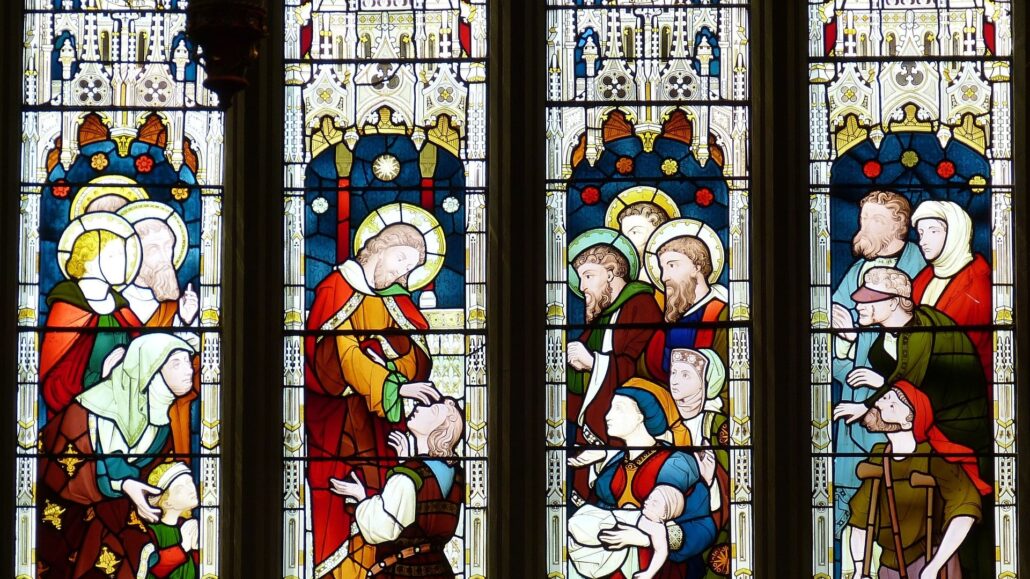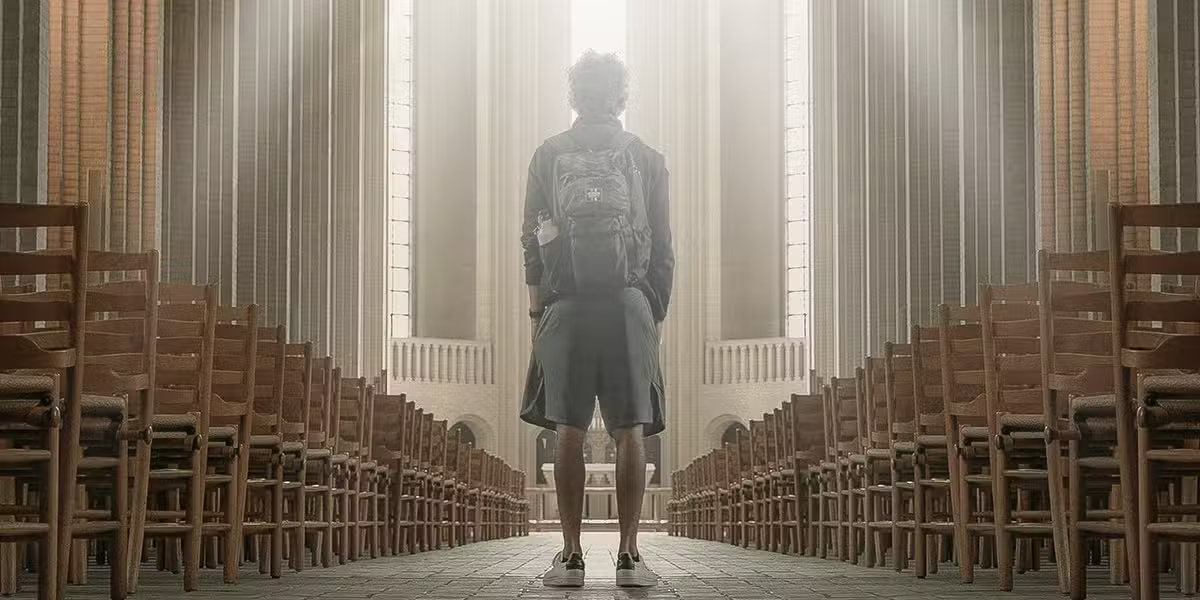Deeply Devoted and Passionate • d. May 21, 1199 • Canonized: 1879 • Memorial: May 21
An hour north of Rome, beyond the dreamily bucolic countryside of Lazio and Umbria, stands the fairytale town of Orvieto. One moment all that lies before the traveler is plain. The next moment a huge rock crowned by a once impregnable fortress juts out of the ground, and it is immediately apparent why popes sought safety here in times of danger.
During the Middle Ages popes were not the only visitors. Pilgrims by the millions made their way to this welcoming city on a hill. Sure, Orvieto was a good place to rest before pushing on to Rome, but it also provided its own attraction: the tomb of a saint from whom miracles by the dozens were obtained.
Who was this man who provided a reason for droves of pilgrims to trudge up the steep incline from the plain to the city’s cathedral? Saint Pietro Parenzo. Heard of him? Don’t feel bad; few people have. But his story is a great one.
At the time our saint lived, Orvieto was in the throes of the most enduring struggle of medieval Italy, that between the Guelphs and the Ghibellines. Essentially, the Guelphs were loyal to the pope and supported papal power, while the Ghibellines supported the Holy Roman Emperor. It was not unusual for passing bands of Guelphs and Ghibellines to get into knife fights, which then prompted desires for vendette, creating a spiraling cycle of violence. Two successive bishops, Rustico and Ricardo, had actually encouraged this situation over several decades.
The Cathar heresy was also going full-steam in many places, including Orvieto. Its adherents believed there were two gods: The first, Rex Mundi, created the world, which was evil and chaotic, and so everything material was evil. The other god created all that was spiritual and therefore good.
The Cathari believed that their purpose in life was to transcend the material in order to achieve the purely spiritual. Thus marriage and procreation were evil, since they helped perpetuate the material. Suicide, on the other hand, was good because it helped people transcend the material.
Cathari also denied Jesus’ divinity. They preached that the beauty so valued by the Church was proof of its being under the sway of Rex Mundi. The Cathari in Orvieto were largely Ghibellines whose religious convictions were an expression of the philosophy that found expression in their politics as well.
For these reasons Pope Innocent III had placed the town under interdict in 1198. Into this chaos he sent Pietro Parenzo, a married layman, to serve as mayor. His Holiness gave Pietro two goals: strengthen the faith by fighting heresy and make peace between the different parties. Mayor Parenzo decided that the best strategy was to get tough with troublemakers, so the first thing he did on arriving in Orvieto was to abolish the traditional carnival games, on the grounds that these sports were often used as a ruse to commit homicide.
Such law-and-order efforts cheered the town’s Catholics but incensed the Cathari. To spite the mayor and to flex their muscles, they came to the carnival festivities brandishing swords and other weapons, and they started fights with people at random. Riots ensued.
Into this melee of flying sharp steel rode Pietro without receiving a scratch. Identifying the culprits, he authorized the destruction of their families’ towers—symbols of power in medieval Italy—and their palaces. Many people cheered, while the heretics seethed.
In all his efforts Pietro worked closely with the repentant Bishop Ricardo, even living in His Excellency’s palace. At the time the good of the Church was the good of the state and vice versa, so this arrangement was not remarkable. Together they announced an amnesty program: Return to the Church by a certain date, and all will be forgiven. Ignore the deadline, however, and face stiff fines.
Pietro also exacted a form of bail to ensure good behavior on the part of some citizens. While the amounts were fair and did deter crime, he now had even more enemies, and these began to plot his death.
At Easter Pietro returned to Rome to brief His Holiness on his efforts. He also confided to him that his life was in danger. Innocent lauded his good work and encouraged him to continue with caution, but he also made a point of hearing the young man’s confession. Before saying good-bye to his wife and mother, Pietro made out his will.
A huge crowd greeted his return on May 1, 1199. He told the people that if he were to die, it would be to defend the holy Catholic faith. On May 21, 1199, nearly three weeks later, a traitorous servant named Radulfo let the heretics into the bishop’s palace. They captured Pietro as he was undressing for bed, beat him, and smuggled him out of the city to a house in the countryside.
His captors offered him a deal: Repeal the rules restricting their efforts, repay the fines and sureties he had exacted, resign his position, and give their religious beliefs preferential treatment. Pietro agreed to return the fines out of his own funds, but he had pledged to defend the faith and so refused to support them in their heresy. Enraged, one of his captors bashed his head with a hammer. The blood excited his captors, who fell on him in a demonic frenzy. Those who couldn’t land blows tore hair from his head. They dumped his corpse by a tree and fled.
Six monks found Pietro’s body at dawn the next day. The whole city poured down the hill, weeping piteously at the gruesome sight. The bishop and other clergy accompanied his remains back into the city with great pomp and buried him in the cathedral. His death prompted a great reaction against the Cathari. Nonetheless, it was not until the late 1260s that the heresy was eradicated.
Soon the people were venerating Pietro as a martyr. During the Middle Ages his tomb attracted pilgrims by the millions. While his cause never went through the formal canonization process, Leo XIII approved his cult in 1879.
Today, however, most tourists bypass Orvieto. The main draw for those who visit the cathedral is a eucharistic miracle; the saint’s tomb is easily missed. Saint Pietro has been largely forgotten.
Why Saint Pietro Parenzo deserves our attention and devotion
Defying popular opinion, doing the right thing, and standing with the Church are never easy. The challenges that confronted Saint Pietro are the same ones we encounter in our age.
Help us to see, Lord, how you would have us imitate Saint Pietro’s constancy and fidelity to you and your holy Church. Give us courage, strength, patience, and above all the ability to love with your love.








